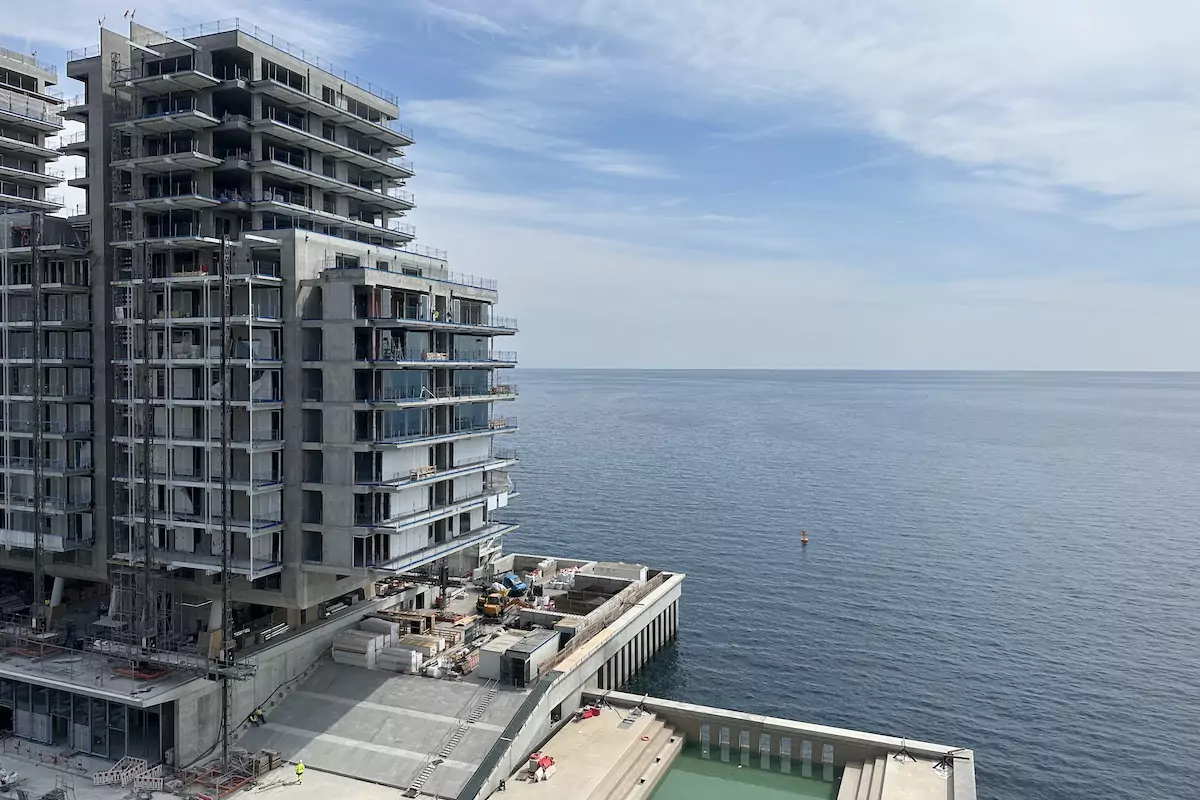When it comes to major developments in Monaco, nothing comes anywhere close to the size, scale and ambition of Mareterra, the offshore land reclamation project that is forever changing the landscape of the Principality.
The final stop on our tour of Monaco’s unique districts, from the glitz and glamour of central Monte-Carlo to the ancestral seat of Le Rocher, the traditional Moneghetti and the popular seafront suburb of Larvotto, as well as all the others, is the Principality’s freshly formed Mareterra.

Years in the making
Mareterra consists of six hectares of land reclaimed from the sea, and started as a concept back in the early 2000s. It was originally expected to be completed in 2014, but Prince Albert II of Monaco temporarily halted construction in 2009. The vast project restarted in 2011 and now the end is finally in sight.
By November 2024, Mareterra, a place that takes its name from the two key elements of its surroundings, the sea and the land, should be finished.
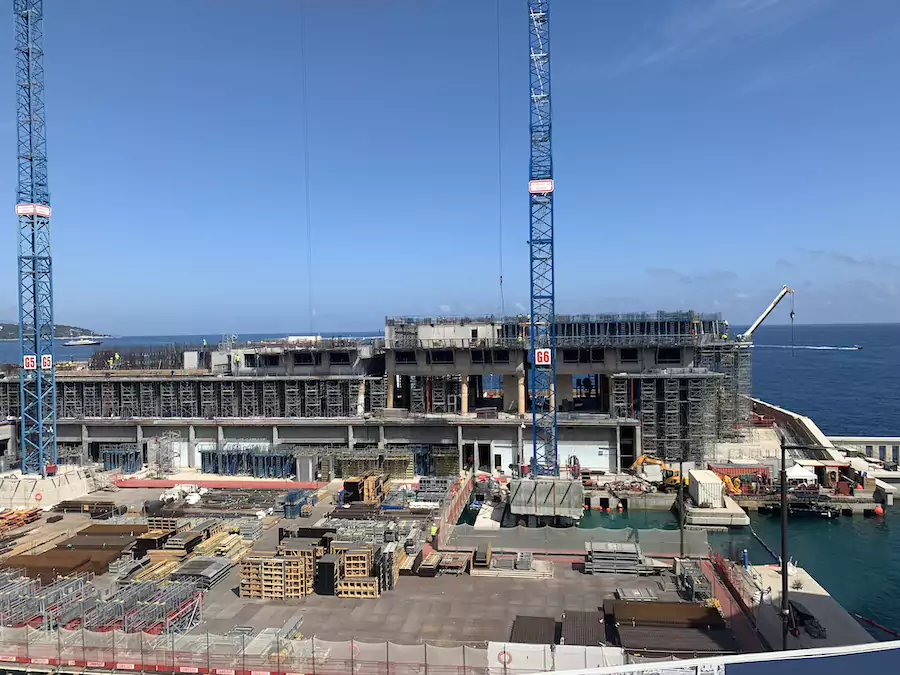
After years of planning, involving many of the world’s finest architects and engineers, preparatory works to protect the marine biodiversity of the area commenced in 2016. Then came the necessary dredging and maritime works in 2017, followed by the placement of the underwater embankment that the neighbourhood sits upon, which was accomplished in early 2018.
The first of the caissons – the huge blocks that rise out of the water – was put in place in July 2018 and by the end of the following year, the base for the new strip of land was complete and ready for the next step: the building of the residential properties, offices, cultural sites and, importantly, green spaces that make up this innovative and pioneering site.
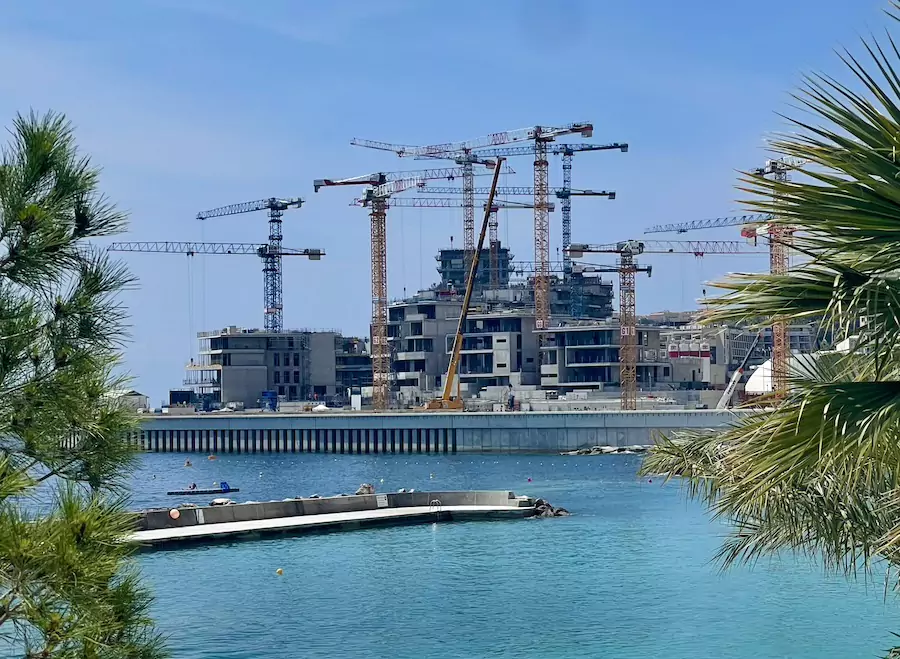
Greenest of them all
With the new space solidly in place, it was up to the great designers, architects and horticulturalists behind the project to take over, and with every sensitivity to the ecosystem in mind, they began to plan 27,000sqm of “green” space to plant with indigenous and native species of plants.
Around 800 trees will eventually fill the sea-bordering neighbourhood, some of which will exceed 10 metres in height.
A taster of what these green spaces will look like was revealed in the completion of Portier roundabout in 2020, and again in December 2022, when the first of the rooftop gardens were finished.
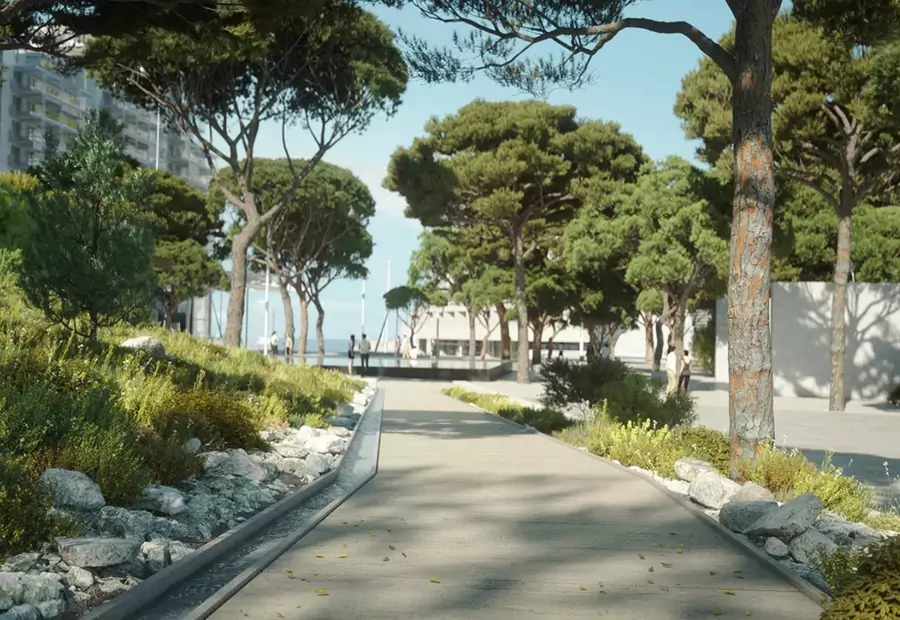
Sustainable and responsible: a new kind of district
In addition to green spaces, the buildings have followed strict ecological design and construction regulations in an effort to minimise negative impacts on the natural environment.
Energy-efficiency has been a key phrase throughout the project, with one example being the installation of geothermal systems using the nearby seawater to power the heat and air conditioning units of the various properties. Called a thalasso-thermal loop, it has the advantage over traditional systems in that is it not visible, noisy or pollution-making. Once finished, 80% of Mareterra’s heating and cooling needs should be covered by renewable energy.
Rainwater collection stations are also to be built on the roofs of all buildings in order to provide a supply of water to Mareterra’s green spaces, and 9,000sqm of solar panels are being installed to take advantage of the region’s abundant sunshine.
“I wanted this new area to embody the excellence and conviviality which distinguish the Principality of Monaco so well,” said Prince Albert of the project.
Size matters
Although Mareterra won’t be officially finished for at least another 12 months, sales of the new build properties are reportedly flying.
The neighbourhood will ultimately house 114 generously sized apartments in two separate buildings – the flagship La Renzo and the Jardins de l’Eau – as well as 10 unique luxury villas, described as “natural heirs to the Belle Époque and modernist mansions of the 19th and early 20th centuries”, and four townhouses featuring indoor courtyards.
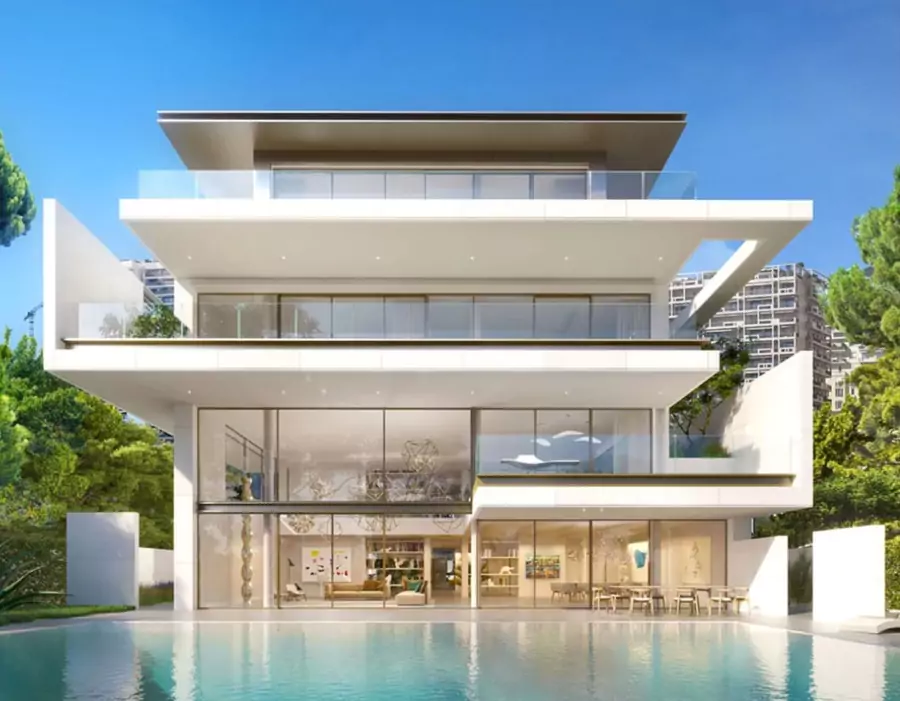
Family living is a constant theme and will be encouraged thanks to the huge proportions of all of these properties – even the apartments range in size from 400sqm to 3,000sqm – marking a switch in gears from previous eras, where many bought small apartments to satisfy residency requirements in Monaco but lived elsewhere.
By the end of next year, the Mareterra neighbourhood will be home to a vibrant mini-port – Le Petit Portier – with berths for 15 vessels and a sea-facing swimming pool, the Piscine Princesse Charlene. Various eateries, commercial spaces and offices will make up the ground-levels of the surrounding buildings.
As well as a nod to Princess Charlene, a former Olympic swimmer, the children of Prince Albert and his wife will also be honoured at Mareterra.
The Promenade Prince Jacques will link the district with the Larvotto beachfront while the Place Princesse Gabriella will serve as a main entrance to the neighbourhood, as well as providing access to each of its separate sectors.
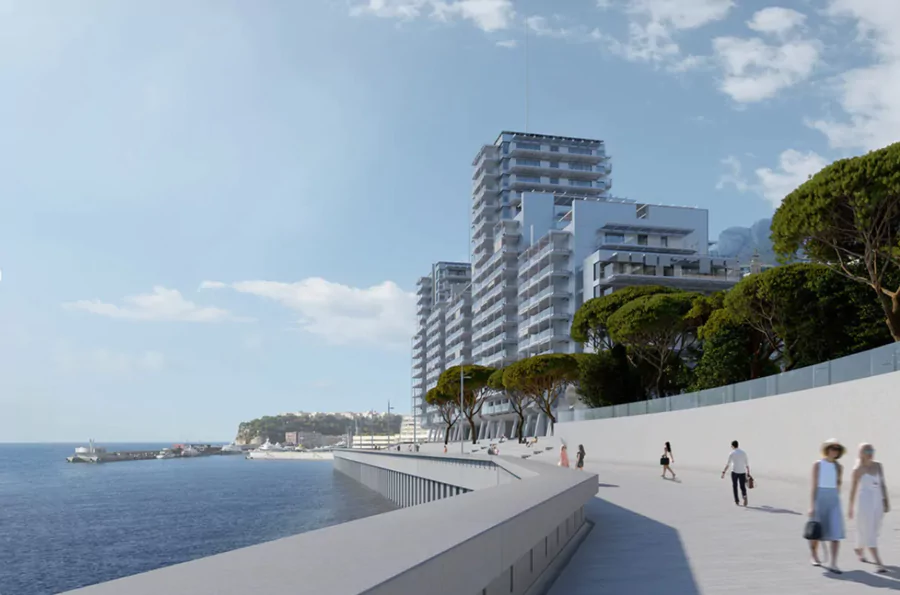
By Stephanie Horsman and Elsa Carpenter
Make sure you’re never left out of the conversation.
Sign up for the Monaco Life newsletter, and follow us on Facebook, Twitter, Instagram and LinkedIn.
Main photo by Monaco Life, taken in April 2023
